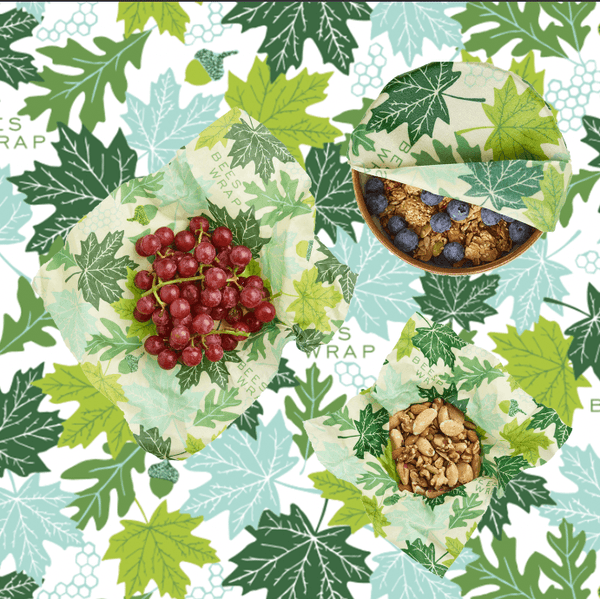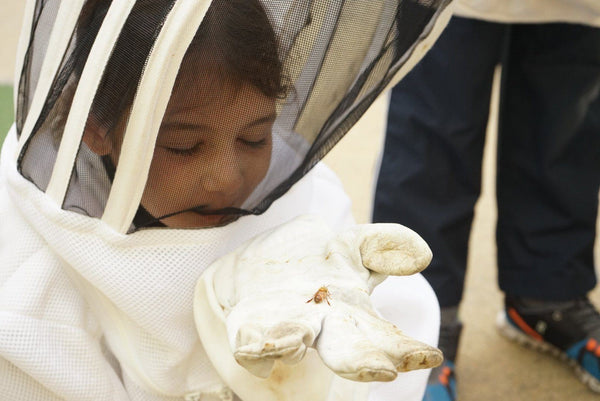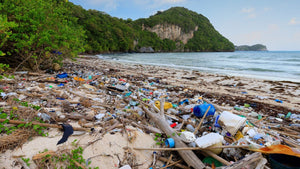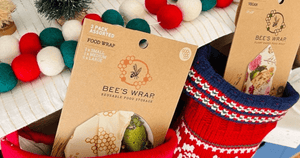Behind the scenes: our monarch print

In late summer, the fields behind my home in Vermont are speckled with Queen Anne’s Lace, the white, lacy flower that has been a touchstone for me since my childhood. The flower is a sign of the season, tied to long, warm days and the impending arrival of fall. As a child, I believed the red spot in the flower’s center was a secret I knew that few others had spotted — something I peeked at on solo walks along the lake road and exploratory treks through fields that opened wide in front of me.
Childhood explorations are like this — full of mystery and wonder, imbued with adventure even when they only carry us through our own backyards.
To explore is to see the world around us with fresh eyes — both at home, and on adventures. To explore is to witness the intricate and interconnected dances that make our earth inhabitable. To explore: This is the inspiration for our new Monarch print, which we launched this fall with National Geographic.

We’re proud to partner with this storied institution on their multi-year “Planet or Plastic?” campaign, an effort to raise awareness of the global plastic pollution crisis and challenge individuals and companies alike to rethink their relationship with single-use plastics. When we set out to design the new print for this collaboration, I returned again and again to a few simple elements that hold personal and ecological significance: Queen Anne’s Lace, the Monarch butterfly, and rows of mountains in the distance begging to be traversed.

My own explorations have taken me around the world, but more often than not these days, my explorations take place in those fields behind my home, covered in snow in winter and dotted with Queen Anne’s Lace in late summer. I take our family Corgi, Pappy, out to the fields for a chance for both of us to stretch our legs.

I scan the fields for Monarch butterflies, a spot of brilliant orange against green. Just as Queen Anne’s Lace seemed like a secret treasure in my childhood, the story of the Monarch butterfly’s metamorphosis seemed nothing short of magic. Monarchs evolve from egg to larva, munching on milkweed before settling into their cocoons. When they emerge from that mysterious transformation, they’re butterflies on a mission — to pollinate the flowers of summer and then set out off a remarkable migration that spans thousands of miles to their winter breeding grounds. It was zoologist Fred Urquhart, a recipient of a National Geographic grant, who discovered that generations of the butterfly can travel as far as 3,000 miles to wintering grounds in Mexico.
On one of my walks in late summer this year, I watched for Monarchs — but knew I’d be lucky to spot one among the Queen Anne’s Lace and red clover. Today Monarchs are threatened by habitat loss, climate change, and herbicides and pesticides. We see this in Vermont, where the milkweed these butterflies rely upon for sustenance is often considered a weed, or plowed under where farmland has overcome natural meadows.

And then it was there — riding on the breeze, fluttering and landing on a clover, drinking nectar.
—Sarah Kaeck, Bee's Wrap founder








